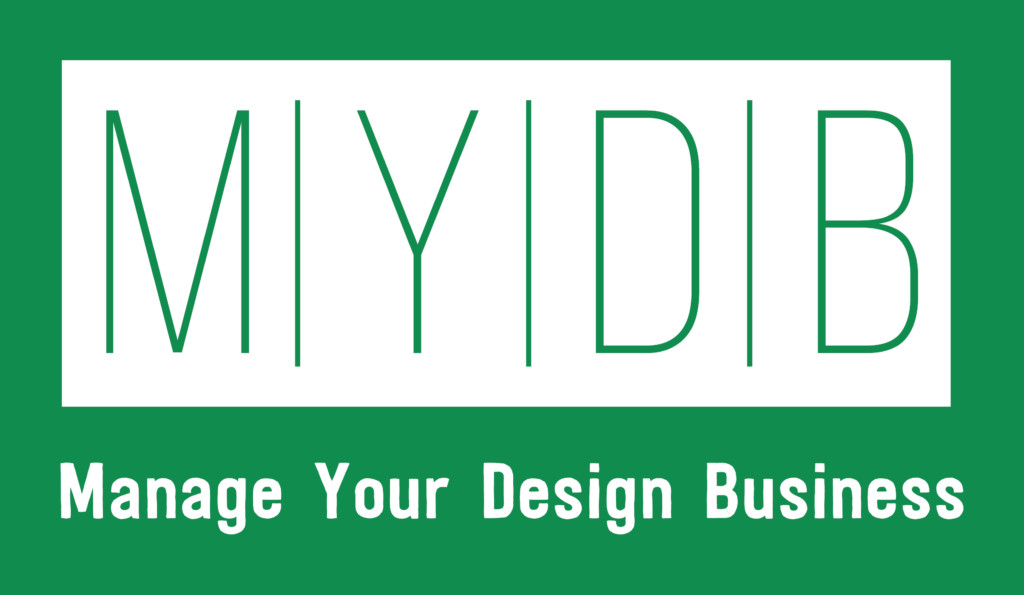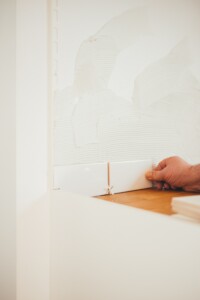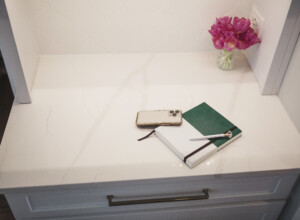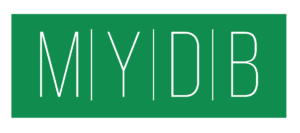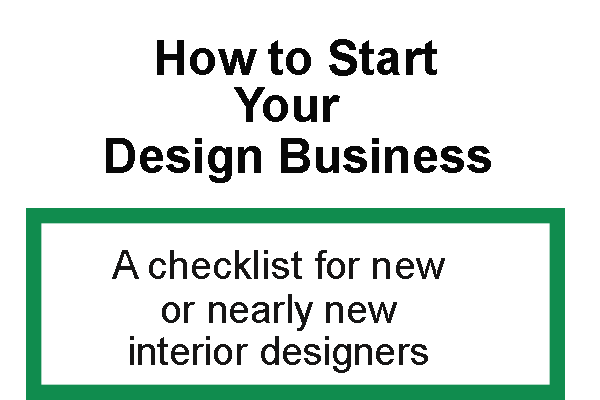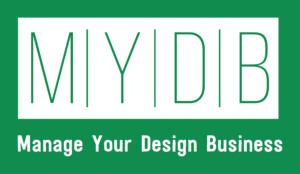Learned It From Experience: L.I.F.E. Lesson #16
Charging a flat fee for your design services can be beneficial not only for you but for your client. They can see the total fee and be able to budget that into the project. If you don’t work out the project fee carefully though, you can easily lose money this way, working more hours than you budgeted and charged. If you plan to charge a flat fee, you need to have the information to make educated decisions.
If you are new to fee-based charging, start with writing down everything you will do on the project. Be very specific. For example:
- First meeting at home to discuss design ideas 1.5 hours
- Idea generating at office 1.0 hours
- Second meeting at home to present first design plan 1.0 hours
- One meeting at showroom to look at samples 2.0 hours
- Revision Number 1 at office 1.0 hours
Continue through the project by being specific. Don’t forget to add your travel time, your admin time (maybe at a different rate), any assistant’s time, etc. Each of these should then get a rate attached to it. It is probably beneficial to add 8-10% to the total because we always spend more time than we think we will.
You will arrive at a total fee for the project. This is the fee you will charge for the project. What you will need to add to your client agreement is the exact amount of meetings that will be included during the project. This is to protect you and your client. This way they know how many meetings are included at each step of the project, but this is also to protect you as the designer. If and when a client that you have 2 meetings at the tile showroom worked into the fee, can’t make a decision and needs to meet at the showroom 3,4, or 5 times, this is outside of the original contract. It is UP TO YOU to keep track of how many meetings are in the contract and when a client goes over those.
Most clients won’t remember how many meetings are in the contract or the details of what they signed. Again this is when it is up to you to bring it to their attention. This can be easily done in a quick phone call, a heads-up email, or at a design meeting.
Remember it always comes back to expectations. Do not take the third meeting knowing they only paid for two and then send them a bill. This makes for angry clients. Instead, let the client know when they schedule that 3rd meeting, “I want to make sure you are aware this is outside the original contract scope of 2 meetings. Would you still like to meet?”
This puts the control back in your court and the decision is up to the client. They will appreciate that you have been honest with them.
Make sure you send an invoice for the out-of-contract charges in a timely fashion. You should be billing once a month on these types of projects.
For the fee-based contract, you should have a set payment schedule.
Example: 50% at the time of signing
25% at the acceptance of the final design
25% when countertop install is scheduled
You will need to find the schedule that works best for you, but make sure to stay on top of the billing. If you don’t have a bookkeeper to do that, set reminders, use a platform such as Trello or Slack, and make sure to get those invoices out!
Do you need personalized support while building your design business? That is exactly what you will receive as a member of MYDB (Manage Your Design Business), where you’ll learn to thrive as an interior designer.
Join the membership here!
